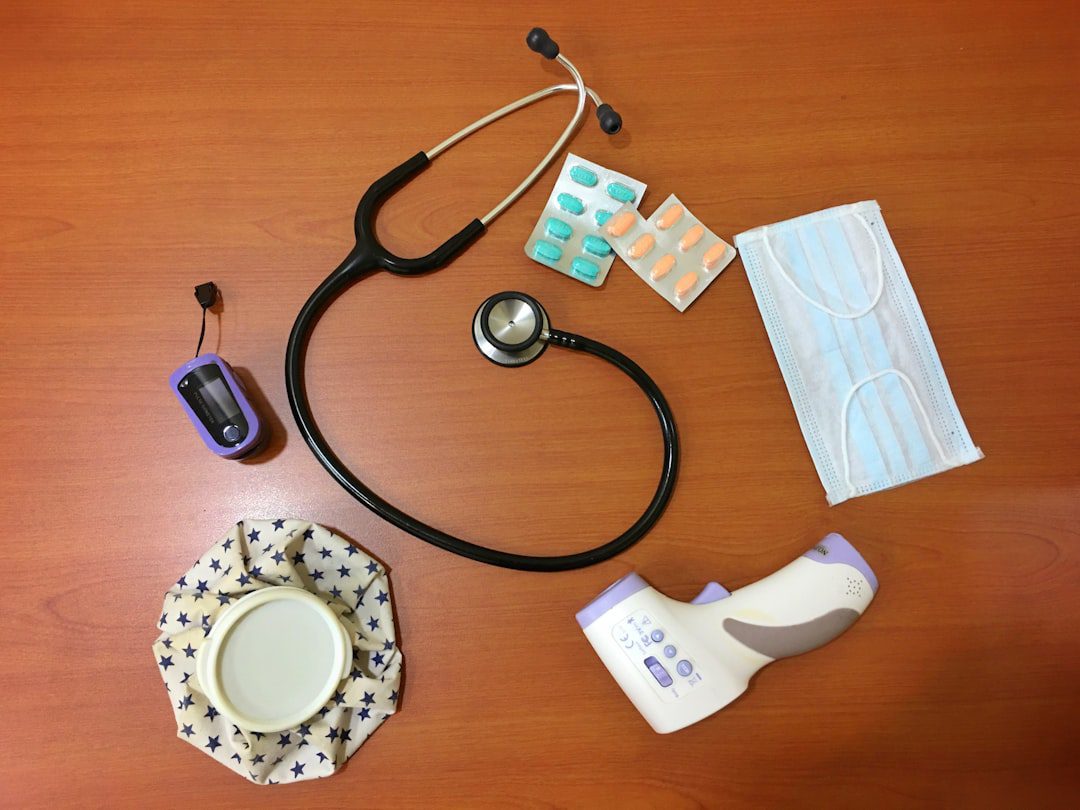
FDA Communications Pilot Program Provides Critical Update on Medline Fluid Delivery Set Issue
The FDA has issued an important update regarding a fluid delivery set issue from Medline Industries, marking a significant development in the agency’s Communications Pilot to Enhance the Medical Device Recall Program. This update demonstrates the FDA’s evolving approach to medical device safety communications and offers valuable lessons for manufacturers across the industry.
Understanding the FDA’s Communications Pilot Program
This alert is part of the FDA’s innovative Communications Pilot to Enhance the Medical Device Recall Program, launched to improve how safety information reaches healthcare providers and patients. The pilot program represents a shift toward more proactive and transparent communication strategies, moving beyond traditional recall notices to provide ongoing updates and enhanced guidance.
The program aims to:
- Provide clearer, more actionable safety communications
- Improve timing and frequency of updates
- Enhanced risk communication to healthcare facilities
- Strengthen post-market surveillance effectiveness
Fluid Delivery Set Compliance Considerations
Fluid delivery sets are critical components in healthcare delivery systems, classified as Class II medical devices under 21 CFR 880.5440. These devices must comply with stringent FDA requirements including:
- 510(k) premarket notification requirements for substantial equivalence demonstration
- ISO 13485 quality management system compliance for design controls and manufacturing processes
- Biocompatibility testing per ISO 10993 standards for patient contact materials
- Sterility validation requirements under FDA guidance and ISO 11135/11137 standards
Risk Management and Post-Market Surveillance Implications
This update highlights critical aspects of post-market surveillance that all medical device manufacturers must prioritize:
Immediate Action Items for Manufacturers
- Review your complaint handling procedures: Ensure your ISO 13485-compliant quality management system can rapidly identify and assess similar issues
- Assess supplier relationships: If you source similar components, conduct immediate supplier audits and documentation reviews
- Evaluate risk management files: Update your ISO 14971 risk analysis to address lessons learned from this case
- Strengthen post-market surveillance: Review your MDR (Medical Device Reporting) processes and timeline compliance
Regulatory Compliance Best Practices
The Medline update reinforces several critical compliance principles:
Proactive Communication: Manufacturers should establish robust communication channels with the FDA and healthcare providers. The Communications Pilot emphasizes the importance of transparent, timely updates rather than reactive responses.
Documentation Excellence: Maintain comprehensive records of design controls, risk assessments, and post-market data. The FDA’s enhanced scrutiny through this pilot program means documentation deficiencies will be more visible.
Corrective and Preventive Action (CAPA) Systems: Ensure your CAPA system can rapidly implement corrective measures and prevent recurrence of similar issues across your product portfolio.
Strategic Recommendations for Medical Device Manufacturers
Based on this FDA communications enhancement, manufacturers should:
- Monitor the pilot program outcomes: Track how the FDA’s communication approach evolves, as this may signal future regulatory expectations
- Enhance internal communication protocols: Develop systems that can quickly disseminate safety information to relevant stakeholders
- Invest in post-market surveillance technology: Consider automated systems for tracking device performance and adverse events
- Strengthen regulatory affairs capabilities: Ensure your team can respond effectively to enhanced FDA communication requirements
Looking Forward: Preparing for Enhanced FDA Oversight
The Communications Pilot represents the FDA’s commitment to more dynamic and responsive medical device oversight. Manufacturers who proactively align with these enhanced communication expectations will be better positioned for regulatory success.
Stay informed about pilot program developments and ensure your quality management system can support the FDA’s evolving expectations for transparency and rapid response in medical device safety communications.


No comments yet. Be the first to comment!